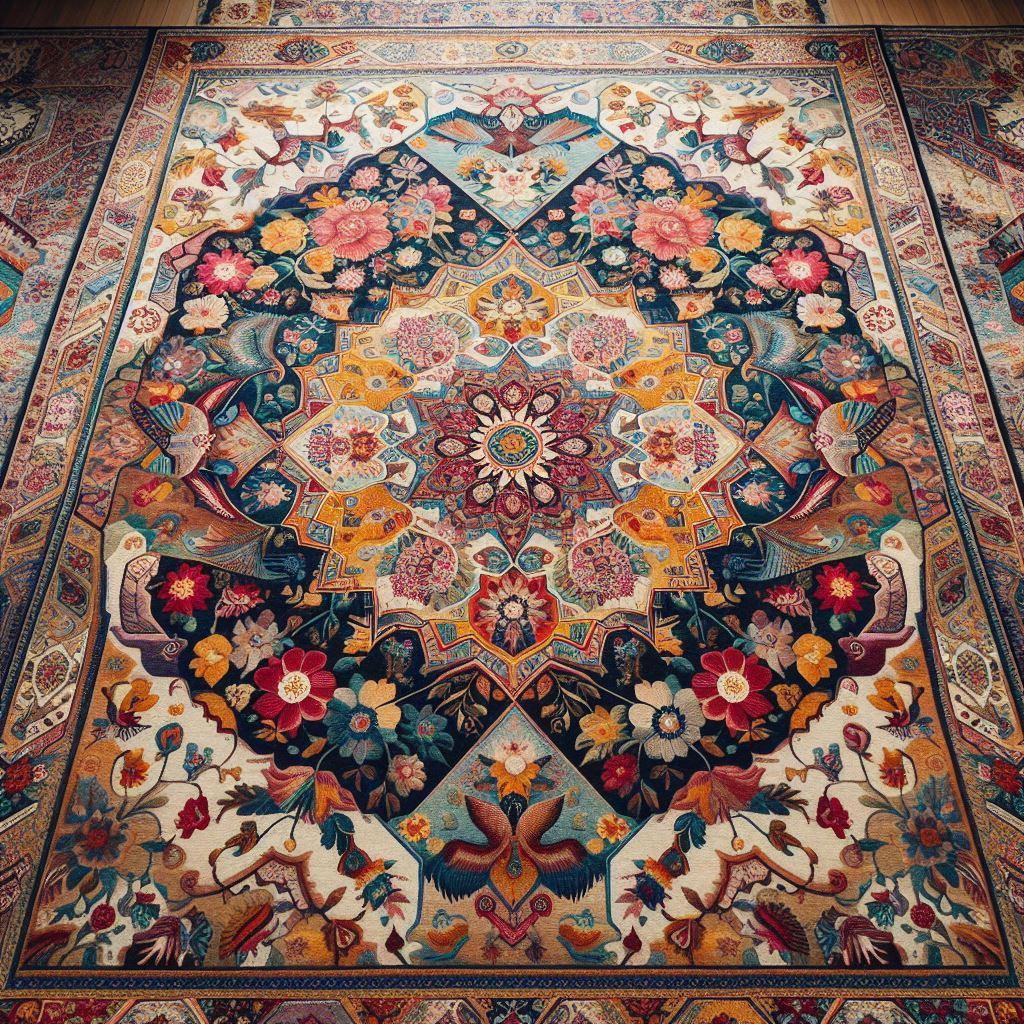Persian Handwoven Rugs: A Tapestry of History, Characteristics, and Artistic Splendor
A Journey Through Time: Unveiling the Heritage of Persian Handwoven Rugs
Archaeological evidence attests to the practice of rug weaving in Iran dating back to the pre-Christian era. The oldest extant specimens of Persian rugs hail from the Achaemenid and Sassanian periods. During the Islamic era, Persian rug weaving flourished, with Iranian artisans masterminding the creation of unparalleled masterpieces.
Distinguishing Characteristics: Unveiling the Essence of Persian Rugs
Persian rugs epitomize diversity and uniqueness in terms of design, motifs, color palette, materials employed, and weaving techniques. These carpets typically feature intricate geometric and arabesque patterns, vibrant and diverse hues, high-quality wool, and complex hand-knotting techniques. Each region of Iran boasts its distinctive style and designs, deeply influenced by the region's unique culture, natural environment, and time-honored traditions.

The Enchanting Allure of Persian Handwoven Rugs
Beyond their artistic and decorative appeal, Persian handwoven rugs exude a captivating ambiance that transforms interior spaces. The harmonious interplay of colors and patterns, coupled with the weavers' meticulous craftsmanship, fosters a warm and inviting atmosphere. The tactile sensation of these rugs evokes tranquility, richness, and a profound connection to the past. In essence, Persian rugs embody the very essence of Iranian art, culture, and spirit.
A Treasure Trove of Cultural Heritage
Persian handwoven rugs constitute a priceless legacy, reflecting the nation's profound artistic and cultural heritage. These exquisite artworks, transcending their aesthetic value, infuse interior spaces with a unique ambiance and serve as tangible expressions of the Iranian spirit and culture.

